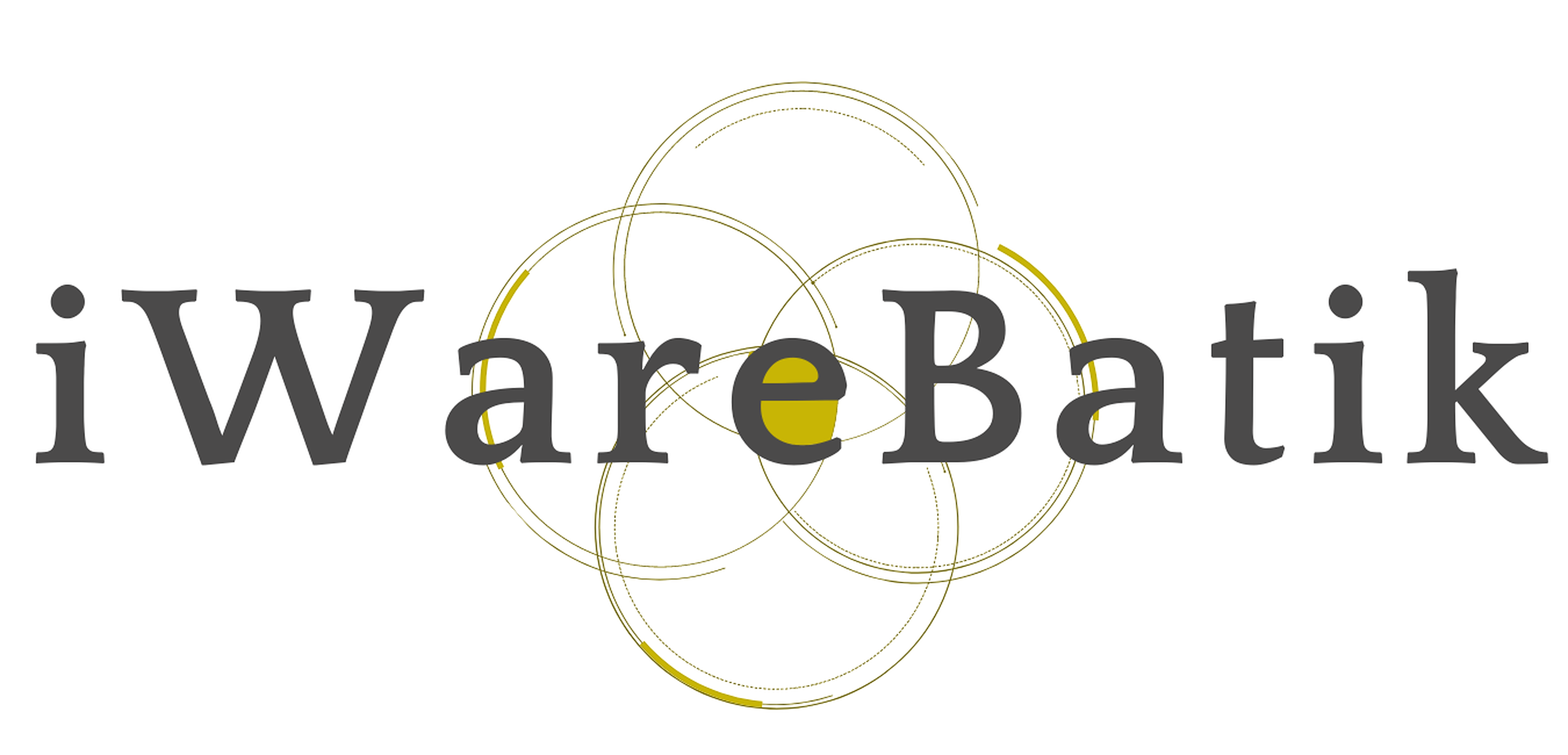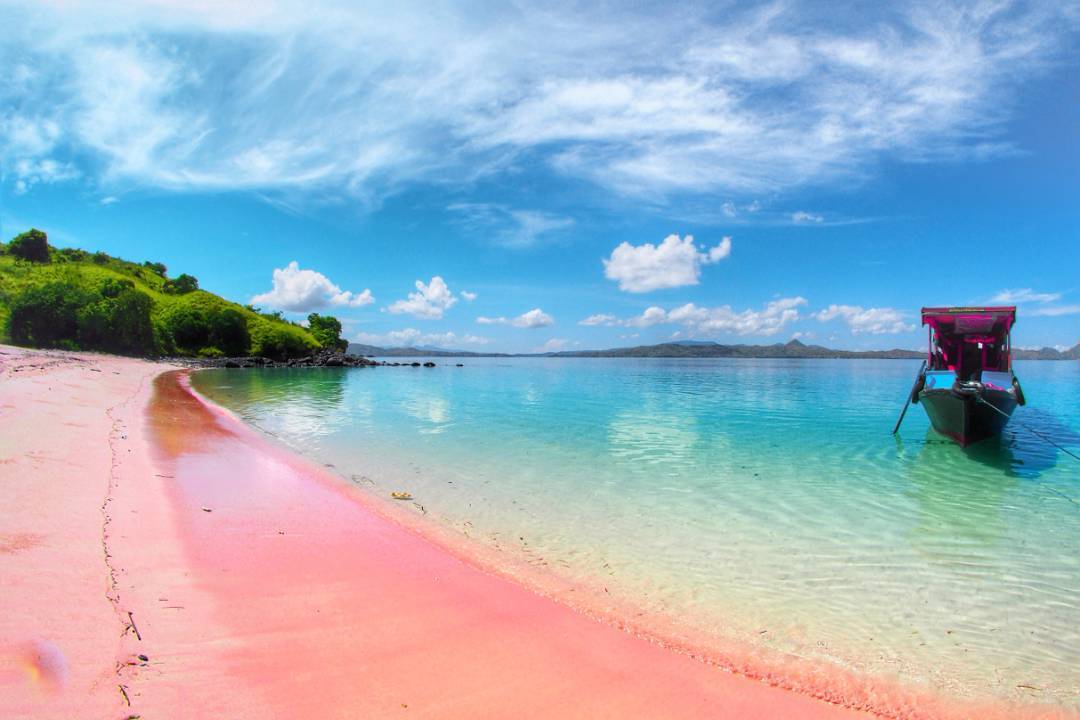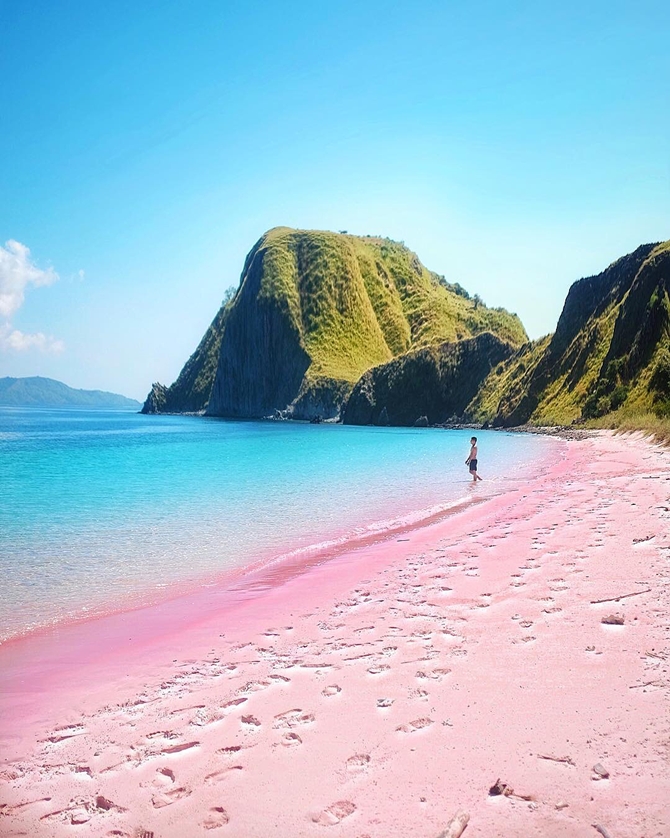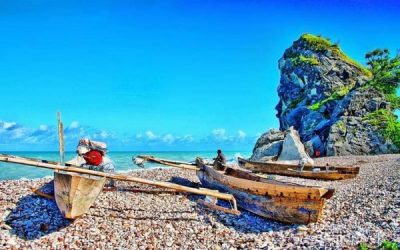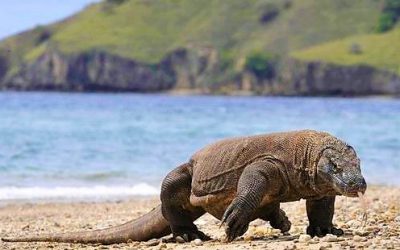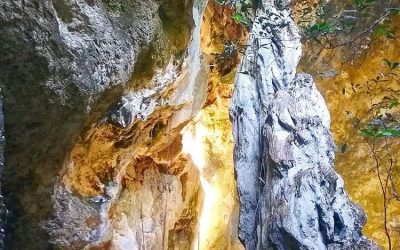Home / Batik Regions – Eastern Indonesia – East Nusa Tenggara / Pantai Merah Muda – Pink Beach
Natural Destination
Pantai Merah Muda – Pink Beach
Pink Beach (photo: @ExploreBali)
Pink Beach (photo: @HendrickHartono)
Pantai Merah Muda – Pink Beach
Have you ever been to a beach adored with rosy-colored sands? The pink color is not resulted from a photoshop retouch. The magnificent color exists naturally. Pantai Merah Muda takes its rosy beach from eroded bites of red coral from the nearby reef. It will be the most perfect spot if you want to spend your holiday by relaxing and enjoying a sip of fruit cocktail under the warm sunlight.
Natural Tourism Destination
Pantai Merah Muda – Pink Beach
Tourist Attractions in East Nusa Tenggara
Kolbano Beach
Kolbano beach is one of Indonesia’s unique beaches whose sands consist of
Komodo National Park UNESCO World Heritage Sites
Being inscribed as UNESCO World Heritage Site in 1991, this park has major attractions such as
Batu Cermin Cave in Labuan Bajo
This place was once an underwater cave. It is named after the light that shines through
East Nusa Tenggara
Batik Motifs
Teguh Bersatu
This batik motif shows the strength of the people of Kupang. It also represents a sense of
Kuda Kupang
Horses symbolize wealth. It contains noble values of virtuous characters that bring
Discover
Indonesian
Batik
Motifs
Daun Sirih
This motif illustrates betel leaves that are used by Lombok communities as traditional
Durian Pecah
Broken Durian motifs depict the foundation of faith. The second half signifies the mastery of
Raja Ampat
Raja Ampat motif represents the marine life at Raja Ampat archipelago in
Tanah Liek
The word “Tanah Liek” refers to clay in Minang language. It is also known as
Wirasat
Wirasat or divine inspiration is a gift from God. This inspiration is symbolized by
Ake Patra
Ake is related to the divinity and the composition of the universe. It is a symbol of
Desa Na Tolu
The Desa Na Tolu characteristic pattern symbolizes the Batak philosophy of existence and
Sido Mulyo
Sidomulyo is one of the classical motifs, which is specifically used for the bride’s costume in
Kerawang Tegak Aceh
The Vertical Upright (Kerawang Tegak) Motif symbolizes a person who has a strong
Gentala Arasy
Built as high as 80 meters, the tower also highlights the historical side of
Paqbarre Allo
The word “Barre” means round and “Allo” means the sunlight. This motif is interpreted as
Ikan tambal
The word “Ikan” refers to fish. The philosophical meaning of Ikan Tambal means is
Bekantan Pakis
This motif represents Pakis Haji (Polystichum setiferum), an endemic plant in
Bomba Mawar
This motif means sacred love for family, kingdom, and God; It also illustrates
Bale Lumbu
This motif signifies the welfare of the ancient Sasak society. Bale also symbolizes the
Dayak Taghol
Dayak Taghol has a distinctive style of four curved lines and small dots. This motif represents
Kasih Tak Sampai
‘Kasih Tak Sampai’ is an idiom in the Indonesian language which refers to
Lok Baintan Floating Market
As you can imagine, the most authentic thing is that you can buy things and even
Hiu Taliyasan
Indonesia is also home to the world’s largest fish, the whale shark (Rhincodon typus). Hiu Taliyasan refers to
Tongkonan
Toraja’s traditional house is called Tongkonan. Tongkonan is a place for
Pala Salawaku
This motif illustrates the unique weapons of the Maluku region, namely
Bultiya
The word ‘Bultiya’ is an acronym of the three major tribes in North Kalimantan, namely
Jumputan Bintang
The word Jumputan means the tie-dye technique, while the word “Bintang” refers to
Honai
The Honai is inspired by the traditional house of the Papuan community living in
Cengkeh
The clove flower motif is the main commodity of the Tolitoli Regency. This motif represents
Merak Ngeram
The hatching peacock motif has a very deep meaning which refers to the sacrifice and
Tenun Bima
The motifs are adopted from Bima woven textile. This pattern has received a great
Malinau Cultural Festival
You will witness a unique competition that might not be found other than in
Lipaq Sabe
Lipaq Saqbe contains a simple geometric classical motif with various flower decorations. This textile is
Kawung
The Kawung motif was created by Sultan Agung Hanyokrokusumo (1593 – 1645) as a symbolic gift for
Tubo Kelapa
Coconut tree is a symbol of a good character and strong mentality. It illustrates the more success a person, the more
Tampuk Manggis Sasirangan
The motif illustrates the philosophy of the mangosteen fruit, which is
Gorga Simeol-Meol
The Gorga Simeol-meol is a pattern of plant tendrils. it is regarded as a symbol of longevity and
Gonggong Siput
Gonggong (Strombus Turturella) is one type of sea snail found around
Burung Bidadari
Bidadari birds are endemic birds in Halmahera. This motif represents an
Karawo Mahkuta
Mahkuta refers to Gorontalo’s traditional crown. It represents noble characters of
Leuit Sijimat
This motif reflects the daily activities of the Baduy tribe in Banten. The main ornaments of batik motif consist of:
Salakanagara
Salakanagara batik motif illustrates the first kingdom in the Betawi land
Buketan Bali
The Balinese bouquet (Buketan Bali) is a floral arrangement and the name is
Kain Cual
Cual textile tradition has existed since the 17th century. The word “Cual” refers to
Tikar Natuna
The Tikar Natuna motif is adapted from the traditional making of pandanus mats in
Gonggong Beruntun
This motif illustrates that a person should maintain a positive attitude and
Sekar Jati
Sekar means flower and Jati refers to teak trees that symbolizes a strong mental character that
Daun Lada Hitam
The black pepper motif represents the main commodity of Bangka Belitung
Gumin Tambun
Based on Hindu mythology, this motif symbolizes lucks, abundant wealth, and
Pattimura
Pattimura is the name of an Indonesian hero who fought against colonialism in
Tengkawang Ampiek
With its many advantages, the Dayaks use this leaf in ritual ceremonies. This plant is a symbol of
Mahkota Siger
Siger is the crown of a noblewoman in ancient time. It is a symbol of femininity, strength, and
Kaganga Tanah Rejang
If Batik Besurek combines Arabic calligraphy motifs, then the Kaganga batik takes
Rangkiang
The word “Rangkiang” refers to the rice granary in the Minangkabau language. It symbolizes
Parang Seling
Parang Seling or “alternating daggers” is a royal batik motif. It is a feminine variant of
Prada Papua
The word “Prada” in the Javanese-Indonesian dialect means a batik textile that
Rumah Mamuju
the Batik motif illustrates the house of Mamuju King with the stairs, located on the left of the wooden stage house
Manguni Minahasa
Manguni is identified as the symbol of the Minahasa people. Manguni is known as a
Jupri Kembang Teh
Kembang Teh illustrates the tendrils of tea plants that grow in the highlands of
Gigi Haruan Lidi
The Gigi Haruan Lidi motif is taken from the name of the cork fish and is a symbol of
Pati-Pati Pinehiku
It symbolizes the hierarchy in society and the social status of the Mekongga
Sandeq
Sandeq Boat is a symbol of the maritime importance of the West Sulawesi region. The greatness of
Daun Simpor
This motif is inspired by the Simpor plant (Dillenia Suffruticosa) which is a typical
Tabir Tanjung
Tanjung flower is a type of Cherry tree flower, which is commonly found in
Dayak Kamang
Kamang motif is generally found in the Dayak tribe shield because it is believed to
Pohon Hayat (Tree of Life)
The Batik motifs in Lampung are dominated by the acculturation of Buddhist and
Besurek Rafflesia
The term “Basurek” refers to a textile that contains letters or inscriptions
Pucuk Rebung Riau
Pucuk Rebung symbolizes heart determination in achieving goals, good luck, and
Lontara
The Lontara script itself is a typical ancient script of Bugis and Makassar communities. History records that
Besurek Rembulan
This batik illustrates praise for God who created the wonderful universe
Taiganja
Taiganja is a precious gold pendant that shows the social status of the Kaili family. It is
Srimanganti
The name of the Srimanganti motif is derived from Palace’s hallway that connects to
Kaharingan
The Kaharingan or ‘tree of life’ based on the Dayak tribes’ belief system. This tree symbolizes
Insang Ikan
Insang refers to the gills of the fish. This is a typical pattern of Malay ethnic who inhabits
Gajah Way Kambas
The motif illustrates the Lampung’s natural reserve, the Way Kambas. it also symbolizes
Ukir Sentani
The Ukir motif is a batik motif that is inspired by various traditional Sentani wood carvings
